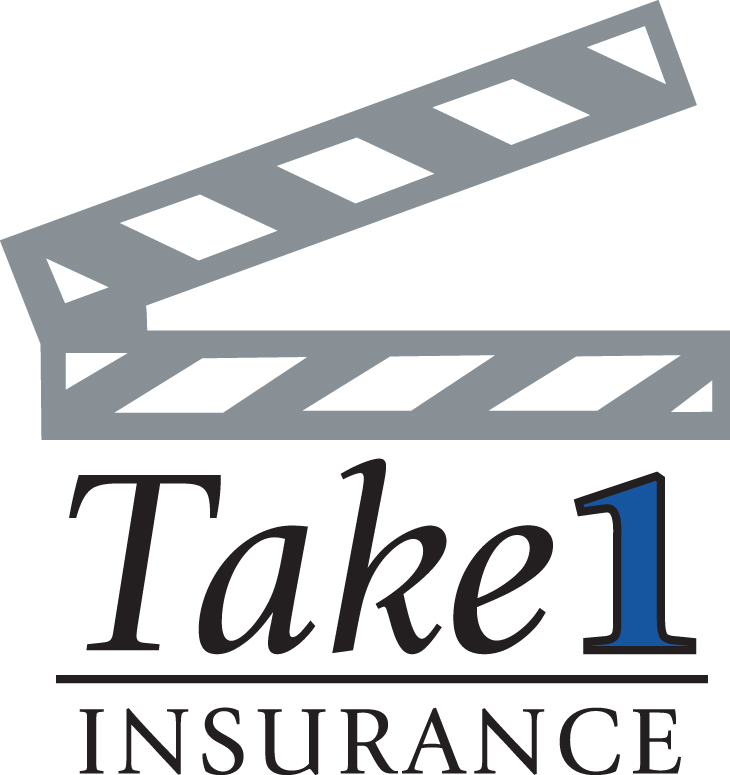A dramatic shift in weather that’s producing an unprecedented surge in pop-up thunderstorms, superstorms, and tornados is challenging live event producers to completely re-think their approach to real-time weather forecasting. Fortunately, for the live event industry, this challenge comes at a time when a new generation of advanced weather detection and monitoring systems are available to help make all live events safer live events.
“Plan ahead when the sun is shining and not when the storm clouds roll in — that was the simple but powerful message delivered to the more than 200 professionals who turned out on March 19th for the second Take 1 Insurance sponsored Event Safety Webinar,” Take 1 Insurance Executive Vice President & Program Director Scott Carroll said today. Take 1 Insurance is the entertainment industry’s leading insurance solutions provider and a founding corporate sponsor of the Event Safety Alliance (ESA).
Hosted by New Bay Media’s Rental & Staging News, the Event Safety Webinar included presentations by Carroll, Event Safety Alliance (ESA) Executive Director Jim Digby, and Weather Decision Technologies (WDT) Senior Vice President David VandenHeuvel. A complete transcript of the webinar is now available for all to access at this link.
The webinar focused on issues such as weather planning and "predictive weather forecasting" vs. "nowcasting," or rather, the dilemma a producer faces when deciding whether to pull the plug due to dangerous conditions. With weather detection technology, pre-emptive insight for event producers and venues alike is now accessible, and in many cases, necessary.
“Incorporating the latest advances in weather forecasting and monitoring into a comprehensive safety plan is probably the single most important thing a producer can do to ensure a safer outdoor live event,” explained Carroll. “Weather affects every aspect of an outdoor live event and it’s becoming a huge issue, in particular from the point of view of insurance providers who want to make sure that every eventuality is considered if not planned for.”
According to Carroll, insured losses from natural disasters in the United States in 2012 more than doubled the average of annual insured losses in the 11 years prior. Thunderstorm events, Carroll asserted, are becoming a greater percentage of overall annual insured losses. Although the jump in damage from natural disasters in 2012 was in part due to superstorm Sandy, Carroll asserted that weather is changing and everyone involved in planning and producing live events must be prepared.
“We have all experienced weather changes throughout the years, so we know that weather patterns are more severe,” Carroll said. “Therefore, we’re experiencing more thunderstorms, and typically with thunderstorms, come wind storms, and it’s the wind that can cause large amounts of insured damage. And, severe local storms are on the rise in terms of the percentage of insured damage they cause.”
Up until 2011, many event producers relied on their own amateur meteorology skills when deciding whether or not to evacuate an outdoor event. “I considered myself an amateur in-the-know meteorologist,” said Jim Digby, ESA Executive Director. “But questions like, should we evacuate, or shouldn’t we? Who will make the call? Who will tell the audience? Where would they go? were all conversations that were happening in real time, and that’s not good.”
“Being weather savvy does not prevent you from being exposed to weather damages,” VandenHeuvel explained. “However, using a professional weather service like WDT takes the burden of monitoring the weather off of the producer’s back and puts it onto our meteorologists.”
Luckily for event producers, WDT’s team of expert meteorologists applies a varying degree of different weather triggers when monitoring for a single outdoor event. Weather advisories starting seven days prior to the event give producers a better grasp on if and when to pull the plug due to an unsafe situation. “You won’t save lives if you don’t have a plan and a robust communications protocol in place,” VandenHeuvel advised.
For a go-to guide on all aspects of live event safety, the Event Safety Alliance Guide is now complete and available on eventsafetyalliance.org. In addition, ESA is now offering Event Safety leadership training courses intended to enhance the safety awareness in the live event space. “Our hope is that these classes will close the gap between event officials in charge with no required training whatsoever, and those who are required by their employers to have safety training,” Digby said.
According to Carroll, Take1 Insurance, together with the Event Safety Alliance, will be hosting a series of follow up, subject-specific Live Event Safety Webinars in 2014. “We sponsor these webinars to help educate the dedicated public involved in putting on live events,” Carroll said. “The subject and primary focus is always safety first.“

